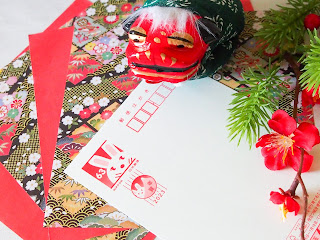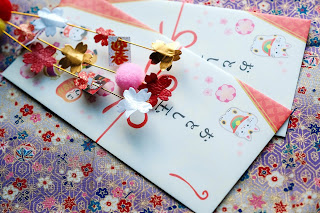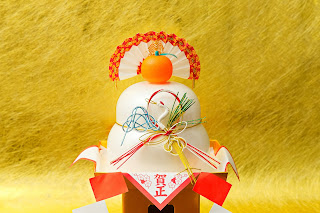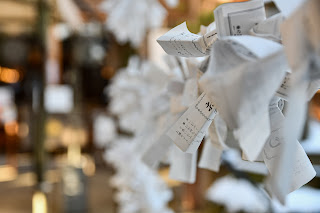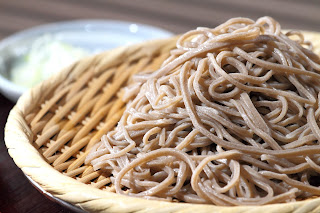Zenzai is a typical Japanese confectionery and is widely known as a traditional Japanese sweet.

Japanese Zenzai, especially popular in winter Zenzai is made by boiling azuki beans sweetly and is often served with shiratama dumplings, sweet dumplings, and rice cakes. It is loved throughout Japan and is often made at home, with each family enjoying a different flavor. In Japan, this sweet dish has been popular since ancient times, and in the Edo period (1603-1867), the term “azuki” (azuki beans) and “mochi” (rice cakes) became a common word for sweetness among the general public. ”Zenzai” is made with tsubu-an (sweet red bean paste) Zenzai is a sweet dish made by boiling azuki beans with sugar. Although it varies from region to region, generally, “tsubu-an” (sweet bean paste) is used, in which the grains of the beans remain. Generally speaking, “tsubu-an” is used for “zenzai” and “koshi-an” is used for “oshiruko,” but this is actually a term used in the Kansai region. In addition to rice cakes, other ingredients such as white dumplings, sweet potatoes, and chestnuts are also ...
